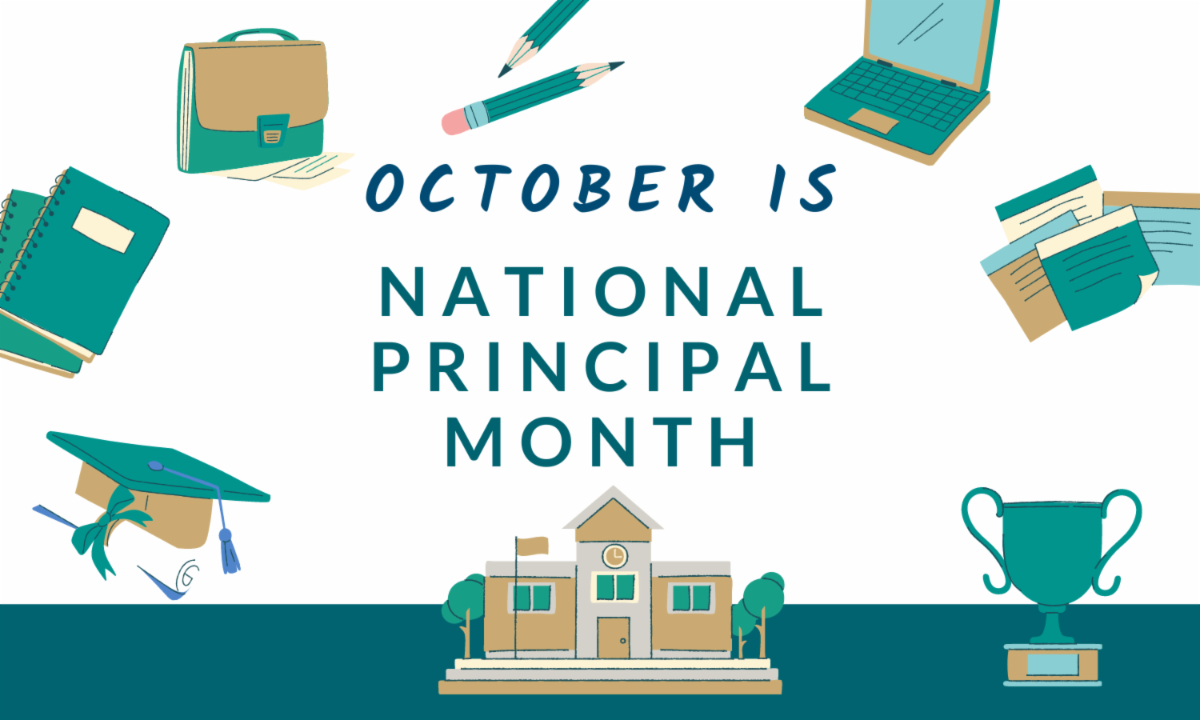The Curriculum Feed |
- Home
- Learn
- News & Publications
- The Curriculum Feed
The Curriculum Feed—concise information and timely resources for California educators
Published monthly, The Curriculum Feed focuses on what's happening in education in California. We sift through a range of news sources and do our best to provide CATLL/CASCD members with a manageable set of leads on critical topics in curriculum, policy, professional development, and technology. We also feature occasional articles and relevant news from our educational and corporate partners. |
Are you a member of California ASCD?
CASCD members are active and involved in the changing face of education. Join CASCD and become empowered with innovative solutions to support the success of all learners. Sign up to become a member or renew your membership today!
Learn More
The Curriculum Feed - concise information and timely resources for California educators...
A publication of California ATLL/CASCD - October 2025 |
|



















